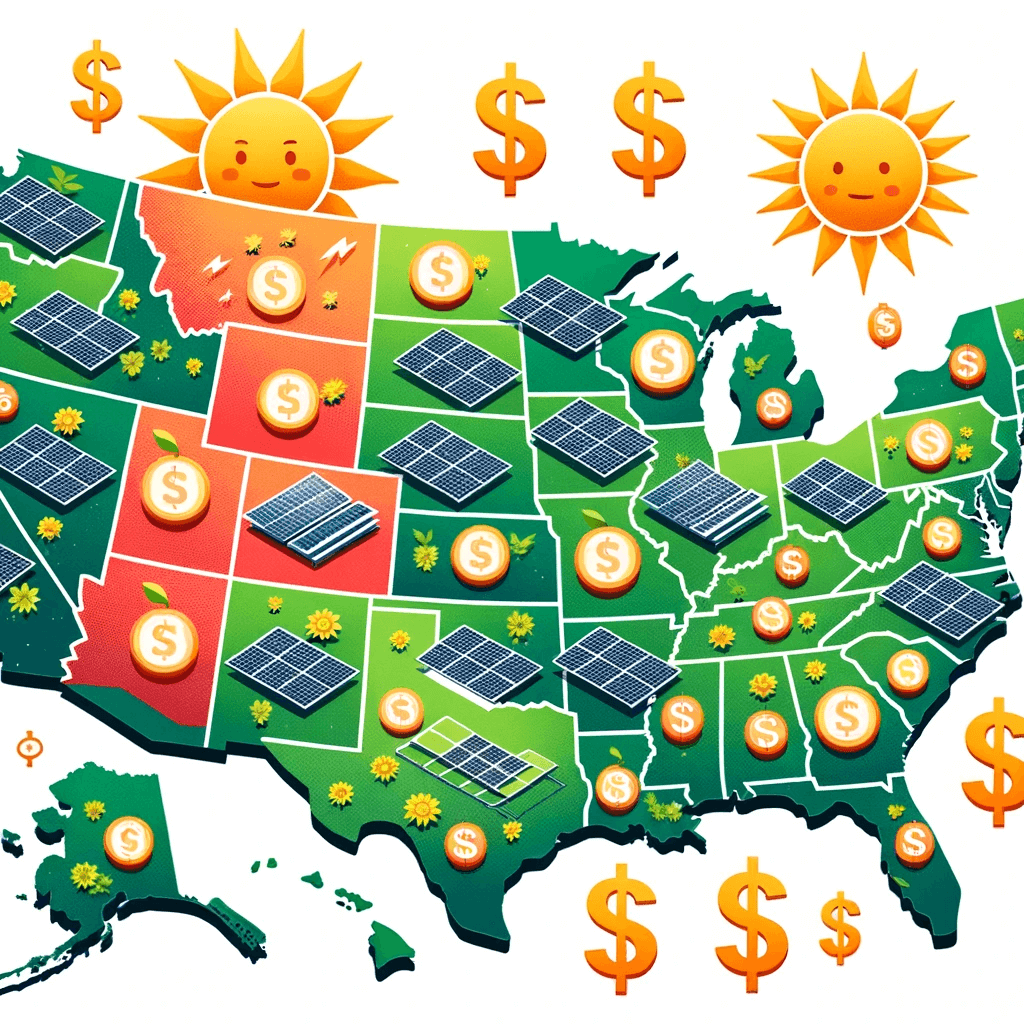The Ultimate Guide to Solar Power Storage Systems
Introduction
In the ever-evolving world of sustainable energy solutions, solar power stands tall as a frontrunner in the race to reduce our carbon footprint. But harnessing the sun's energy isn't limited to just generating electricity when the sun is shining bright. Enter the game-changer: Solar Power Storage Systems. These innovative technologies are reshaping the landscape of energy consumption and providing both residential and commercial properties with a smarter, more reliable way to power their spaces. In this blog post, we'll delve into the world of solar power storage systems, exploring their benefits, mechanisms, and the bright future they promise.
The Essence of Solar Power Storage Systems
Harnessing Sunshine Beyond Daylight Hours
Solar power storage systems, often referred to as solar battery storage, are designed to bridge the gap between energy generation and consumption. They store excess energy produced during the day when the sun is at its zenith and electricity generation is at its peak. When the sun sets and solar panels cease producing energy, these systems kick into action, releasing the stored energy to power homes and businesses during the night or on cloudy days.
Advantages of Solar Power Storage
Solar Power on Demand
One of the most significant advantages of solar power storage systems is the ability to tap into solar energy even when the sun isn't gracing the sky. This means uninterrupted power supply, reduced reliance on the grid, and lower electricity bills.
Energy Resilience
Solar power storage provides an added layer of resilience during power outages. With a fully charged solar battery, homes and businesses can continue to function, keeping essential appliances and systems up and running.
Optimizing Energy Usage
These systems are not just about storing energy for later use; they're about using energy more intelligently. Many solar power storage systems come equipped with smart technology that optimizes energy consumption based on real-time data, ensuring that energy is used efficiently.
How Solar Power Storage Systems Work
Solar Panels: Harvesting the Sun's Energy
Solar panels, comprised of photovoltaic cells, capture sunlight and convert it into direct current (DC) electricity.
Solar Inverter: Transforming DC to AC
A solar inverter then converts the DC electricity into alternating current (AC) electricity, which is the type of electricity used in homes and businesses.
Solar Battery: Storing Excess Energy
Excess energy that isn't immediately used is directed to a solar battery for storage. These batteries are designed to withstand frequent charging and discharging cycles.
Power Management System: Smart Energy Distribution
A power management system controls the flow of energy between the solar panels, the battery, and the electrical system of the property. Smart technology optimizes when and how energy is distributed, ensuring efficient utilization.
The Future of Solar Power Storage Systems
The future holds exciting possibilities for solar power storage systems:
Innovations in Battery Technology
As battery technology advances, we can expect to see solar batteries become more efficient, durable, and affordable, making solar power storage even more accessible to a wider audience.
Integration with Smart Grids
Solar power storage systems can become integral components of smart grids, allowing for dynamic energy distribution and balancing across a network of interconnected properties.
Reducing Carbon Footprint
Widespread adoption of solar power storage systems can significantly reduce our reliance on fossil fuels and contribute to a greener and more sustainable future.
Frequently Asked Questions (FAQ)
-
Lithium-ion batteries are currently considered the most efficient solar energy storage option. They have a high energy density, long lifespan, and a greater Depth of Discharge (DoD) compared to other battery types. Their efficiency rates often exceed 90%, meaning they deliver more stored energy relative to their capacity.
-
Solar energy storage can be highly beneficial, especially for those looking to achieve energy independence, use solar power during peak demand times, or maintain power during outages. While there's an additional upfront cost, storage can lead to long-term savings, especially in areas with time-of-use pricing or reduced feed-in tariffs.
-
While lithium-ion batteries are the most efficient, lead-acid batteries (like those used in cars) have historically been the cheapest way to store solar energy. However, their lower lifespan and efficiency may lead to higher long-term costs. As technology advances and the solar market grows, costs for all types of storage solutions are expected to continue decreasing.
-
Upfront Cost: High initial investment is required, especially for top-tier batteries.
Degradation: Over time, the capacity of batteries decreases, leading to reduced storage capabilities.
Space Requirements: Large battery systems might require significant space.
Maintenance: Some battery types need regular maintenance to ensure longevity and performance.
Environmental Concerns: While battery technology is advancing, some types can pose environmental risks during production and disposal.
Conclusion
Solar power storage systems are more than just a way to store energy; they represent a leap towards a cleaner, more reliable energy future. By allowing us to harness the sun's energy whenever we need it, these systems empower individuals and businesses to take charge of their energy consumption while reducing their impact on the environment.






